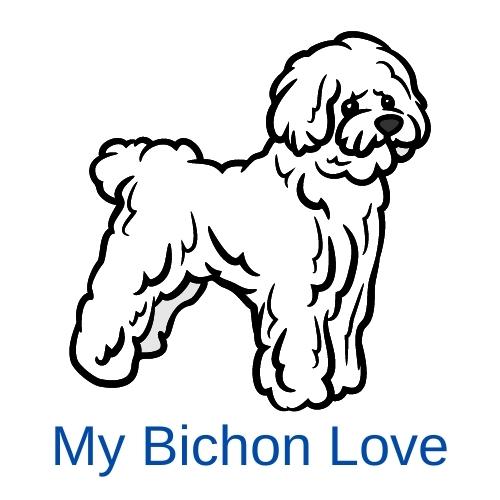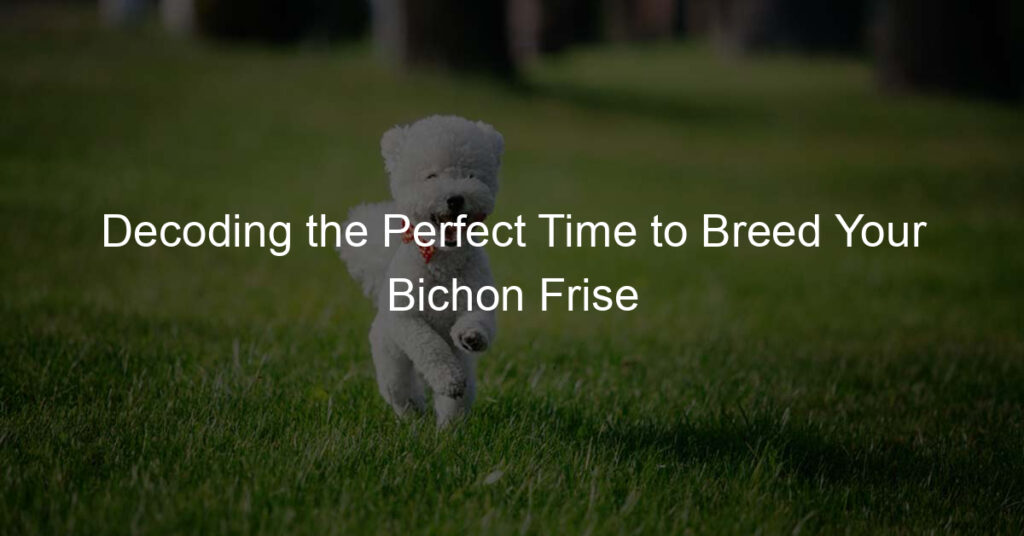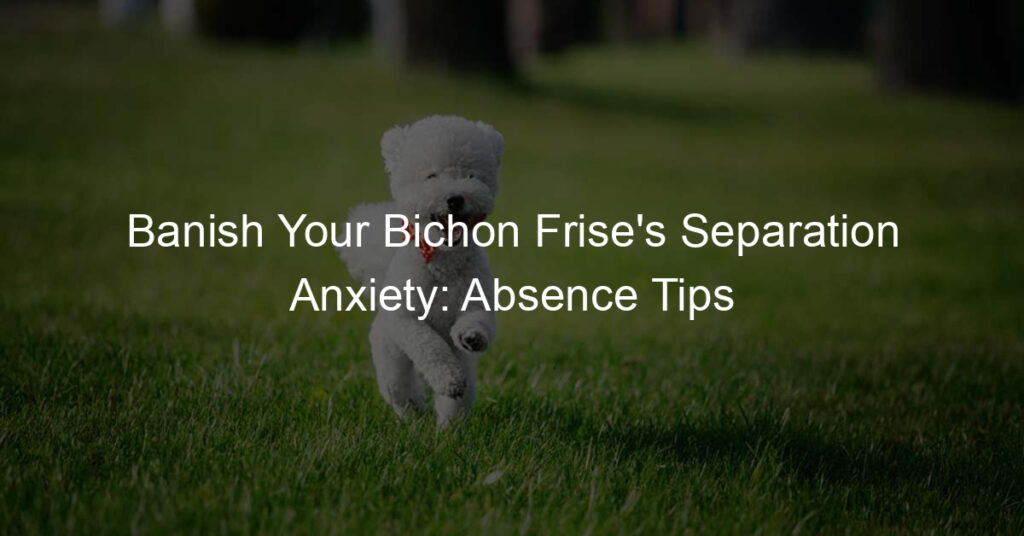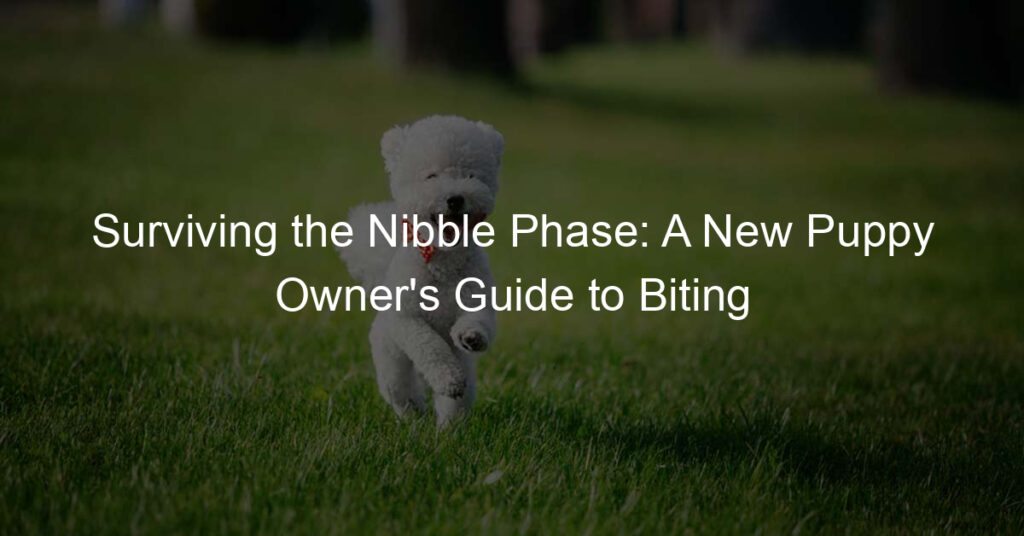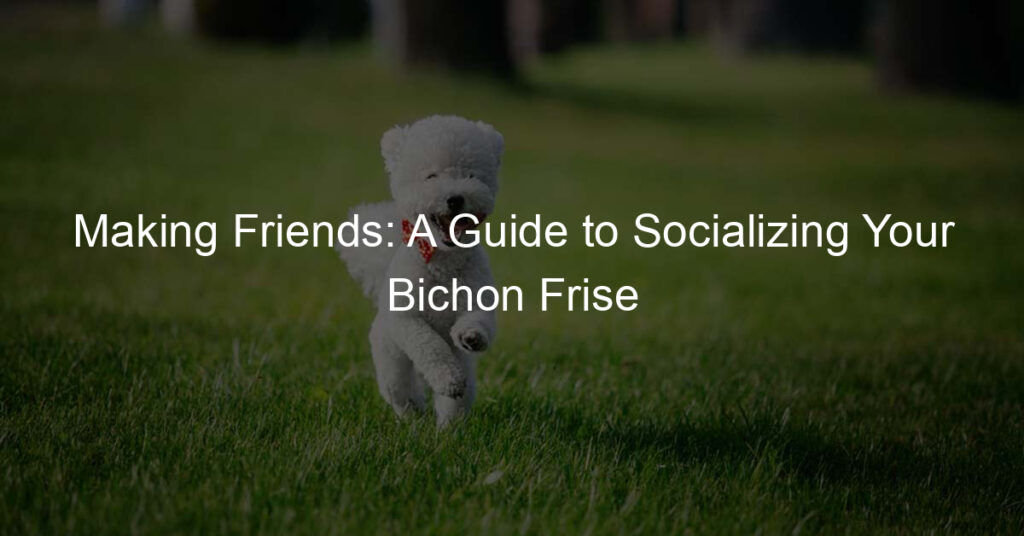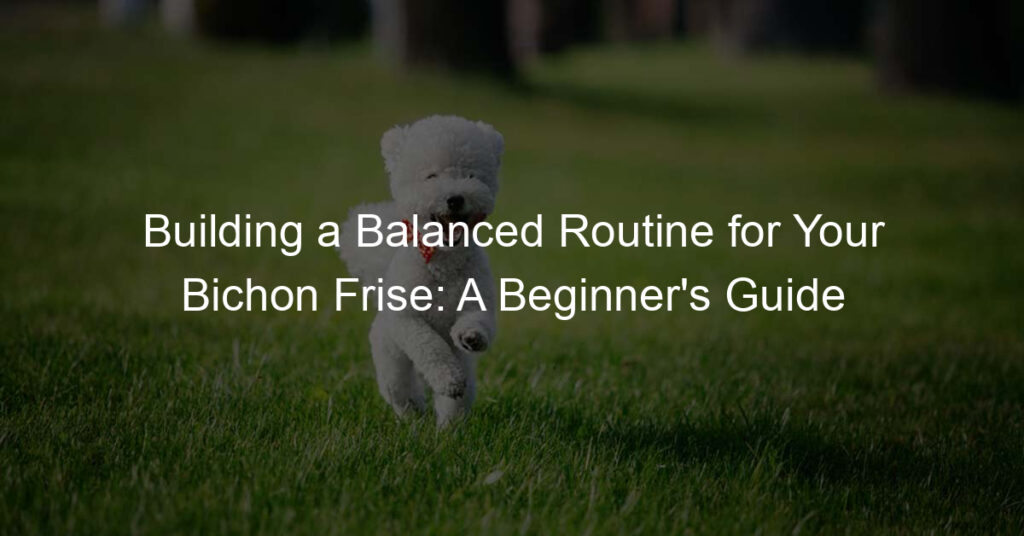Welcome to our comprehensive guide on Bichon Frise breeding time. This section aims to provide you with a clear understanding of the importance of timing in Bichon Frise reproduction and dispel some common misconceptions about the Bichon Frise breeding season.
The timing of breeding is crucial in Bichon Frise reproduction. It is essential to understand that the female Bichon Frise, also known as a bitch, has a specific breeding cycle. This cycle, often referred to as the ‘heat cycle,’ typically occurs twice a year. The optimal time for breeding is during the ‘estrus’ phase of this cycle, which usually lasts for about nine days. Breeding during this period increases the chances of successful conception and healthy puppies. Incorrect timing can lead to unsuccessful breeding attempts and can cause stress for both the bitch and the stud.
Common Misconceptions about Bichon Frise Breeding Season
Many people believe that Bichon Frises can breed at any time of the year. This is a common misconception. While it’s true that Bichon Frises do not have a specific ‘breeding season’ like some animals, they do have a breeding cycle, as mentioned above. Another misconception is that older Bichon Frises cannot breed. While fertility does decrease with age, many healthy older bitches can still successfully conceive and give birth to healthy puppies. Always consult with a vet or a professional breeder to understand the specific needs and capabilities of your Bichon Frise.
Understanding the timing and cycle of Bichon Frise breeding is the first step towards successful breeding. In the following sections, we will delve deeper into the Bichon Frise breeding cycle, determining the best time to breed, and practical breeding tips. Stay tuned!
Understanding the Bichon Frise Breeding Cycle
As a Bichon Frise owner or breeder, understanding the breeding cycle of this adorable breed is crucial. This knowledge will help you to provide the best care for your dog and to plan for potential puppies. Let’s delve into the stages of the Bichon Frise breeding cycle and how to identify each stage.
-
- Stages of the Bichon Frise breeding cycle
The Bichon Frise breeding cycle, like that of other dogs, consists of four stages: Proestrus, Estrus, Diestrus, and Anestrus.
-
-
- Proestrus: This is the beginning of the heat cycle. Your Bichon Frise may show signs such as swelling of the vulva and a bloody discharge. This stage lasts about 9 days.
- Estrus: This is the stage when your Bichon Frise is ready to mate. The discharge becomes less bloody and more watery. This stage lasts about 9 days as well.
- Diestrus: If your Bichon Frise has mated, this is the stage of pregnancy. If not, it’s a stage of rest. It lasts about 60-90 days.
- Anestrus: This is the resting stage before the next heat cycle begins. It lasts about 4-5 months.
- How to identify each stage
-
Identifying each stage of the Bichon Frise breeding cycle involves observing physical and behavioral changes in your dog.
-
- Proestrus: Look for swelling of the vulva and a bloody discharge. Your Bichon Frise may also show signs of restlessness.
- Estrus: The discharge becomes less bloody and more watery. Your Bichon Frise may show increased interest in male dogs.
- Diestrus: If your Bichon Frise is pregnant, you may notice increased appetite and weight gain. If not, there will be no significant changes.
- Anestrus: There are no specific signs during this stage. Your Bichon Frise will be back to her normal self.
Understanding these stages and signs can help you provide the best care for your Bichon Frise during her breeding cycle. Remember, every dog is unique, and these signs may vary from one dog to another. When in doubt, always consult with a vet.
Case Study: Tracking a Bichon Frise’s Breeding Cycle
Let’s delve into a real-life case study that will help us understand the Bichon Frise’s breeding cycle better. This study focuses on three main aspects: observing physical changes, monitoring behavioral changes, and using vet checks to confirm stages.
-
- Observing Physical Changes
Our subject, a female Bichon Frise named Daisy, began showing physical changes when she entered her breeding cycle. Her vulva swelled and she started to have a bloody discharge, which is a clear sign of the proestrus stage. This stage lasted for about nine days before she transitioned into the next stage.
-
- Monitoring Behavioral Changes
During the estrus stage, Daisy’s behavior changed significantly. She became more affectionate and showed signs of wanting to mate, such as flagging her tail to the side. She also started to urinate more frequently, marking her territory to attract a potential mate. This stage lasted for about nine days as well.
-
- Using Vet Checks to Confirm Stages
Throughout Daisy’s cycle, regular vet checks were crucial to confirm the stages of her breeding cycle. The vet performed a vaginal cytology test, which involves examining a sample of vaginal cells under a microscope. This test confirmed that Daisy was indeed in the estrus stage and ready to breed. The vet also performed a blood test to measure Daisy’s progesterone levels, which further confirmed that she was in the right stage for breeding.
In conclusion, tracking a Bichon Frise’s breeding cycle involves careful observation of physical and behavioral changes, as well as regular vet checks. By understanding these signs and stages, you can ensure that your Bichon Frise is healthy and ready for breeding.
Determining the Best Time to Breed Bichon Frise
When it comes to breeding Bichon Frise dogs, timing is of the essence. The optimal breeding time is influenced by several key indicators and understanding the role of health and age is crucial. Let’s delve into these aspects.
-
- Key indicators of optimal breeding time
The best time to breed a Bichon Frise is during her second or third heat cycle, which typically occurs when she is between 1 and 2 years old. However, it’s not just about age. Pay attention to signs of readiness for breeding, such as increased affectionate behavior, tail flagging, and a swollen vulva. A change in the color and consistency of vaginal discharge, from bloody to straw-colored and less viscous, is another key indicator of the optimal breeding time.
-
- Understanding the role of health and age in Bichon Frise breeding
Health and age play a significant role in Bichon Frise breeding. A healthy Bichon Frise of optimal breeding age is more likely to produce healthy puppies and have a smooth pregnancy and delivery. Breeding a dog too young can lead to complications, while breeding an older dog carries increased risks for both the mother and the puppies. It’s recommended to consult with a vet to ensure your Bichon Frise is in good health before breeding.
In conclusion, determining the best time to breed your Bichon Frise involves monitoring for key indicators of readiness and ensuring she is of optimal age and health. Breeding isn’t a decision to be taken lightly, and it’s always best to consult with a professional to ensure the best outcome for both the mother and her puppies.
Key Takeaway: The Ideal Bichon Frise Breeding Age
When it comes to breeding the Bichon Frise, one of the most important factors to consider is the age of the dog. The age of the dog has a significant impact on the health of both the mother and the puppies. Let’s delve into why age matters in Bichon Frise breeding and the health risks associated with breeding too young or too old.
-
- Why age matters in Bichon Frise breeding
The age of a Bichon Frise plays a crucial role in breeding. It’s not just about the dog’s ability to produce puppies, but also about their overall health and well-being. Breeding a Bichon Frise at the right age ensures that the dog is physically mature enough to carry and deliver puppies safely. Typically, the ideal breeding age for a Bichon Frise is between 2 and 5 years. This is when they are in their prime, healthy and strong.
-
- Health risks associated with breeding too young or too old
Breeding a Bichon Frise too young or too old can lead to various health risks. If a Bichon Frise is bred too young, before they have fully matured, it can lead to complications during pregnancy and delivery. This is because their bodies are not yet fully developed to handle the stress of carrying and delivering puppies.
On the other hand, breeding a Bichon Frise that is too old can also pose health risks. As dogs age, they become more susceptible to certain health conditions such as arthritis, heart disease, and diabetes. These conditions can make pregnancy and delivery more challenging and risky for the dog.
In conclusion, the ideal breeding age for a Bichon Frise is crucial to ensure the health and safety of both the mother and the puppies. It’s always best to consult with a professional breeder or a vet to determine the right age for breeding your Bichon Frise.
Practical Bichon Frise Breeding Tips
When it comes to breeding Bichon Frise dogs, there are several important steps to take to ensure the health and safety of both the mother and her puppies. Here are some practical tips to help you navigate this process.
- Preparing your Bichon Frise for breeding: Before you begin the breeding process, it’s crucial to ensure your Bichon Frise is healthy and ready. This includes regular vet check-ups, a balanced diet, and plenty of exercise. It’s also important to understand the breed’s specific needs and characteristics. For example, Bichon Frises are known for their friendly and affectionate nature, but they can also be prone to certain health issues, such as hip dysplasia and allergies. Learn more about Bichon Frise health and characteristics here.
- Ensuring a safe and comfortable environment: The environment in which your Bichon Frise breeds is crucial to her health and the health of her puppies. This means providing a clean, quiet, and comfortable space where she can feel safe. This could be a designated room in your home, or a specially designed whelping box. Make sure the area is free from hazards and distractions, and is easily accessible for you to monitor the process and provide assistance if needed.
- Supporting your Bichon Frise during the breeding season: During the breeding season, your Bichon Frise will need extra care and attention. This includes providing a balanced diet rich in nutrients, ensuring she gets plenty of rest, and monitoring her for signs of distress or complications. It’s also important to provide emotional support, as breeding can be a stressful process for dogs. This could involve spending extra time with her, providing comforting toys or blankets, and ensuring she feels safe and secure.
In conclusion, breeding Bichon Frise dogs requires careful preparation, a safe and comfortable environment, and plenty of support during the breeding season. By following these practical tips, you can help ensure a successful and healthy breeding process for your Bichon Frise.
Example: Creating a Comfortable Breeding Environment for Your Bichon Frise
Creating a comfortable breeding environment for your Bichon Frise is crucial for a successful breeding process. This involves choosing the right location, providing necessary amenities, and ensuring safety and comfort. Let’s delve into each of these aspects.
-
- Choosing the Right Location
The location you choose for your Bichon Frise to breed should be quiet and free from disturbances. This is because Bichon Frises are sensitive dogs and any form of stress can affect their breeding process. A room in your house that is not frequently used can be a good choice. It should be well-ventilated and have enough space for the dog to move around.
-
- Providing Necessary Amenities
Once you have chosen the right location, the next step is to provide the necessary amenities. This includes a comfortable bed, clean water, and nutritious food. The bed should be soft and large enough for the dog to lie down comfortably. You can also include some toys to keep the dog entertained. The food you provide should be rich in proteins and vitamins to support the dog’s health during the breeding process.
-
- Ensuring Safety and Comfort
Lastly, you need to ensure the safety and comfort of your Bichon Frise. This involves keeping the room temperature at a comfortable level and ensuring that the dog is not exposed to any form of danger. You should also regularly check on the dog to ensure that it is comfortable and not showing any signs of distress. Regular visits to the vet are also recommended to monitor the dog’s health.
In conclusion, creating a comfortable breeding environment for your Bichon Frise involves careful planning and attention to detail. By following these steps, you can ensure that your dog has a stress-free and successful breeding process.
Conclusion: Your Comprehensive Bichon Frise Breeding Guide
As we wrap up this comprehensive guide on Bichon Frise breeding, let’s revisit the key points and reflect on the importance of understanding the breeding cycle of this adorable breed. We’ve explored the Bichon Frise breeding time, the breeding cycle, the best time to breed, and practical tips for successful breeding. Now, let’s summarize and share some final thoughts.
-
- Recap of the importance of understanding Bichon Frise breeding time
Understanding the Bichon Frise breeding time is crucial for any breeder. This knowledge allows you to plan and prepare for the breeding process effectively. Remember, the Bichon Frise typically goes into heat every six months, and this is the optimal time for breeding. Breeding at the right time increases the chances of successful conception and healthy puppies. It’s also important to note that the health and wellbeing of the mother dog are paramount during this time. Regular vet check-ups and a balanced diet are essential.
-
- Final thoughts on successful Bichon Frise reproduction
Successful Bichon Frise reproduction is a combination of understanding the breed’s breeding cycle, choosing the right time to breed, and providing the necessary care and support to the mother dog. It’s not just about producing puppies; it’s about ensuring the health and happiness of the mother and her offspring. Breeding should always be done responsibly, with the welfare of the dogs as the top priority.
In conclusion, breeding Bichon Frise can be a rewarding experience if done with care, knowledge, and responsibility. We hope this guide has provided you with valuable insights and practical tips to help you on your breeding journey. Remember, every dog is unique, so always be attentive to their individual needs and consult with a vet if you have any concerns.
